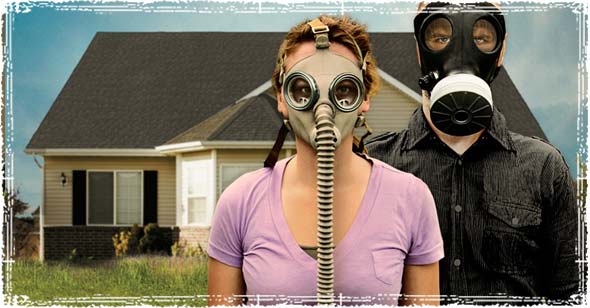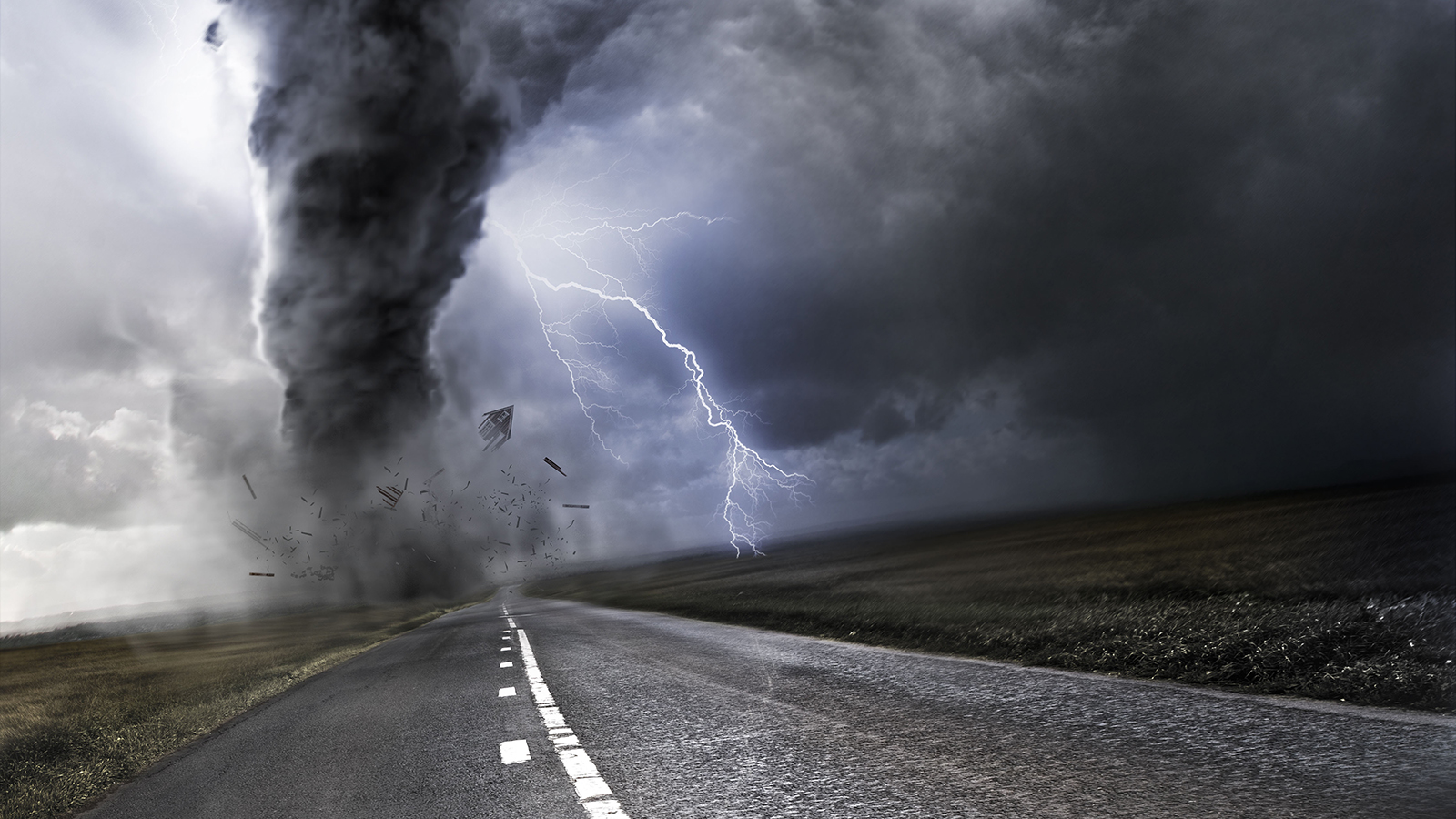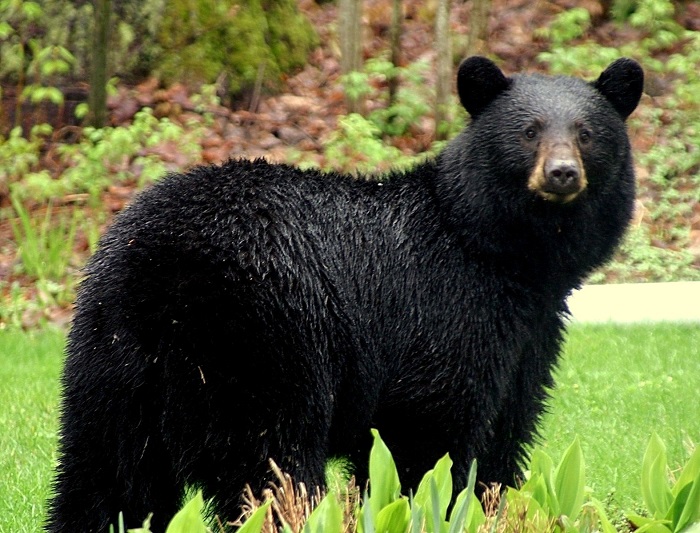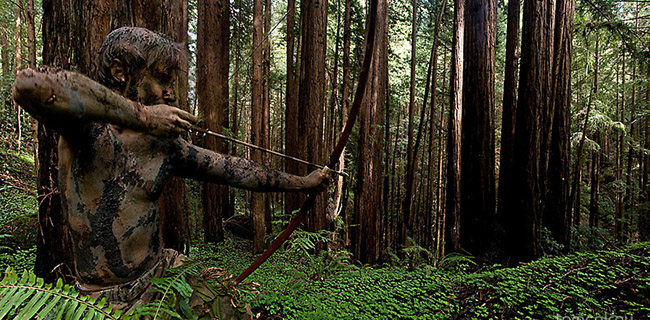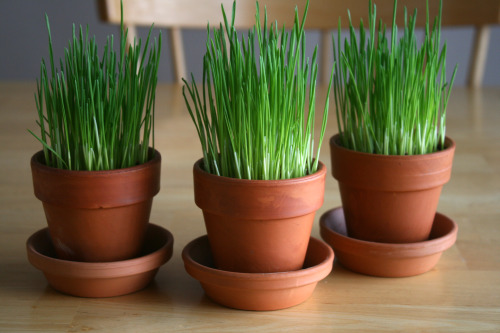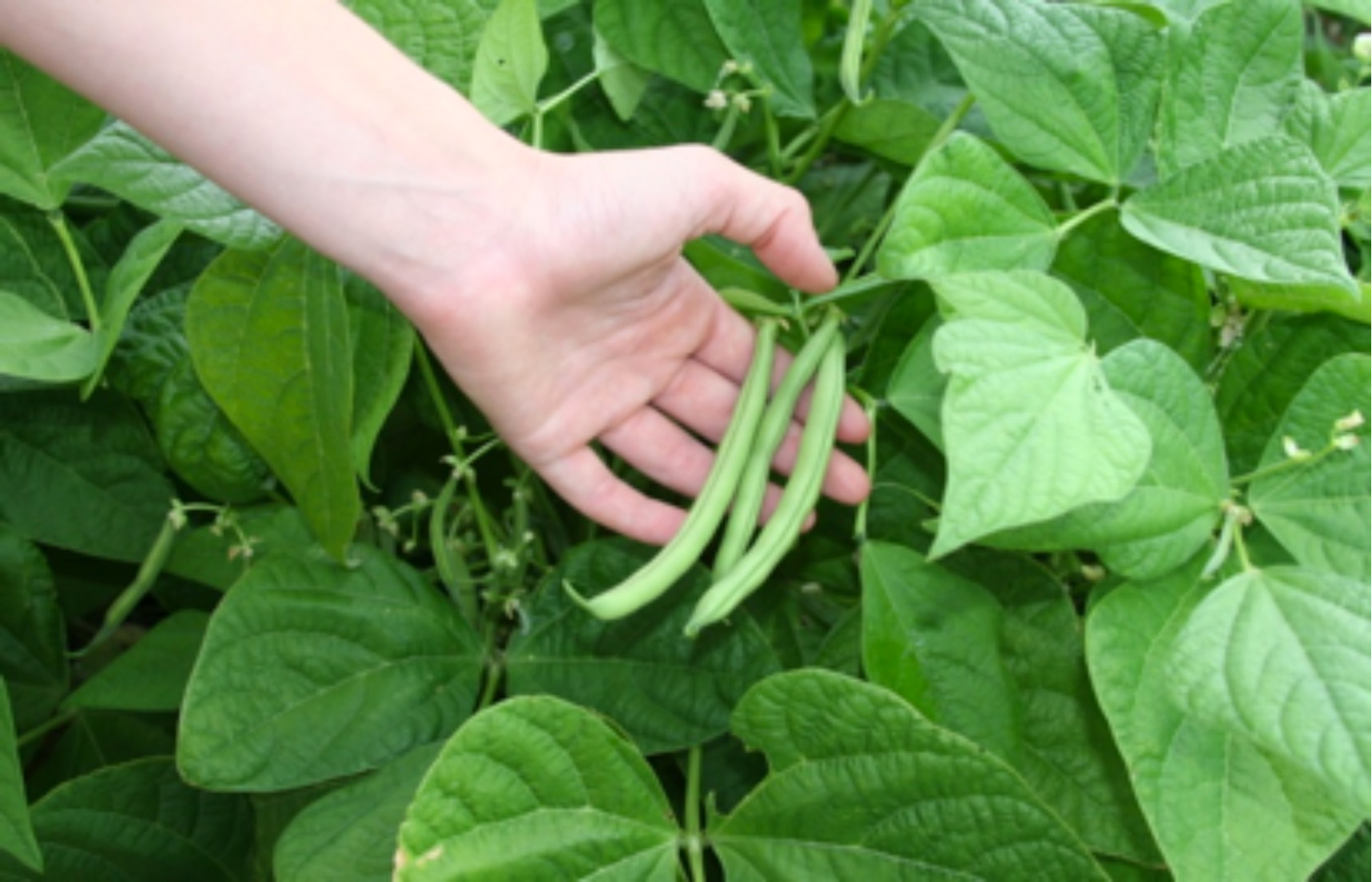Are You Making Prepper Mistakes?
If you are into learning how to survive and prepping, you read as much as you can on the subject, and you are generally willing to work hard to make sure you have everything you need when it comes to living after the SHTF. Of course, many out there do not take any steps beyond … Read more

